There are cars, and then there are cars—the kind that are so rare, so exclusive, and so out of reach that you’ll probably never get the chance to see one in person.
These aren’t your everyday exotics that show up at car shows or in the streets of Beverly Hills. No, these are the unicorns of the automotive world, and spotting one would be like finding a four-leaf clover on a desert island.
So, buckle up, because these 10 rare sports cars are the stuff of legends—cars that exist only in the dreams of enthusiasts or the garages of the ultra-wealthy.
1. Ferrari 250 GTO (1962-1964)
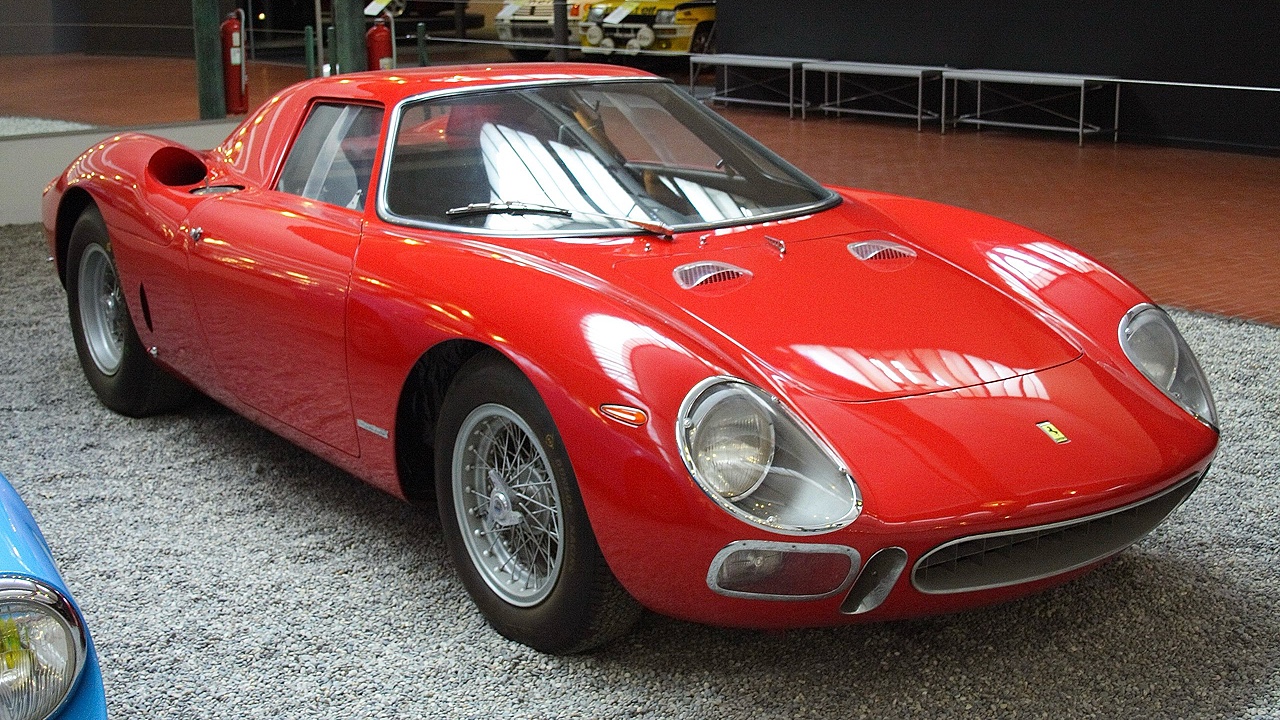
The Ferrari 250 GTO isn’t just rare—it’s practically mythic. Only 36 of these were ever built, and they’re considered the crown jewel of vintage Ferraris. With a price tag often north of $50 million, you’re more likely to spot one in a museum than anywhere near a public road.
This V12-powered legend was built for racing, but most have ended up in private collections under heavy lock and key. If you ever catch a glimpse of one in person, consider yourself incredibly lucky.
2. Aston Martin DB4 GT Zagato (1960-1963)
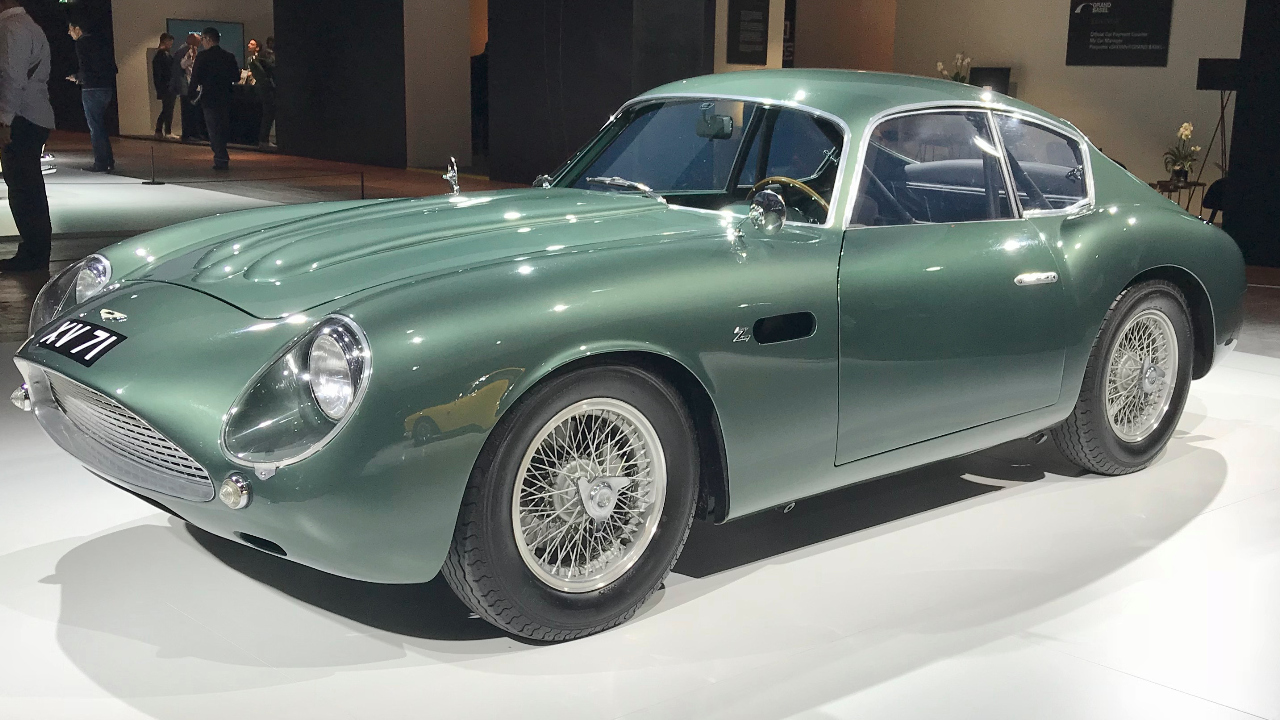
When Aston Martin teamed up with Italian coachbuilder Zagato, they didn’t just make a car—they created art. Only 19 of these DB4 GT Zagatos ever left the factory, blending British performance with hand-shaped Italian design.
It’s one of those cars that looks just as good standing still as it does flying down a track. They’re extremely rare, deeply valuable, and nearly impossible to find outside of high-end shows or private collections.
3. Bugatti Type 57SC Atlantic (1936-1938)
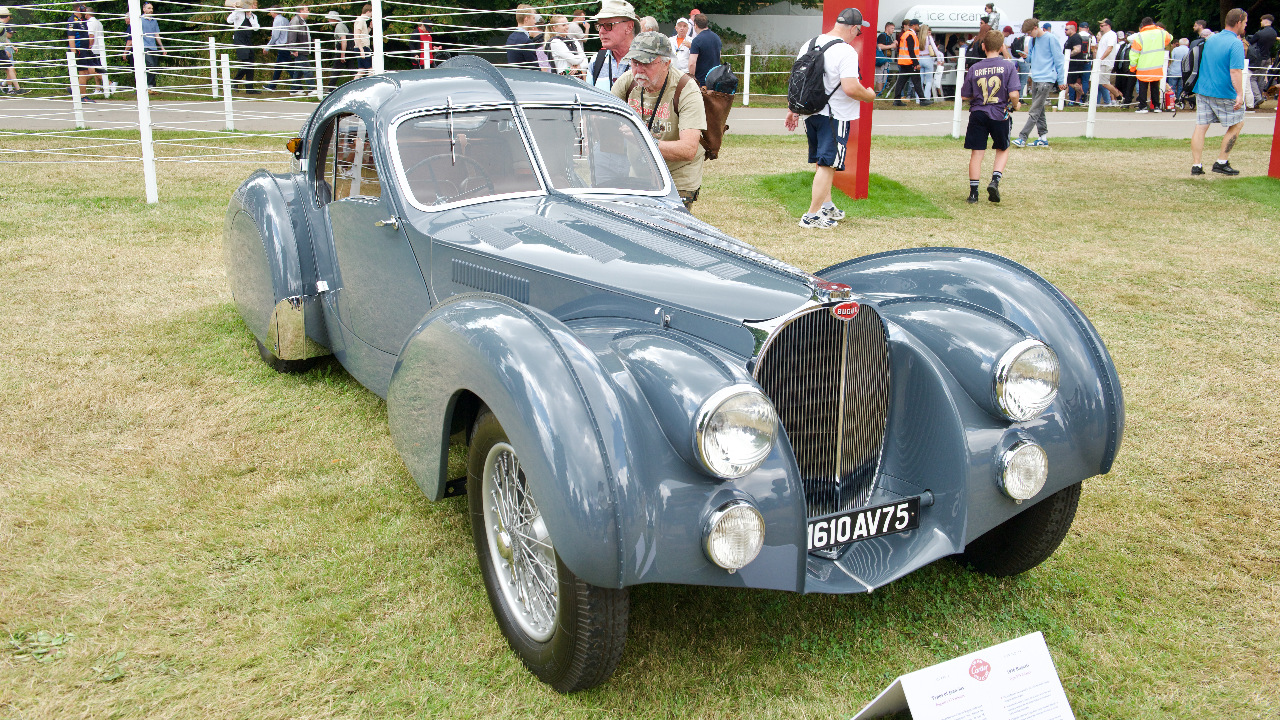
With just four examples ever built, the Bugatti Type 57SC Atlantic is one of the rarest cars on Earth. Only two are confirmed to still exist, and they rarely—if ever—see daylight. This isn’t just a car; it’s a piece of design history.
The Art Deco curves and riveted aluminum bodywork make it one of the most unique shapes ever put on wheels. Unless you’re invited into a private collection or museum, chances are you’ll never get within arm’s reach of one.
4. Mercedes-Benz 300 SLR Uhlenhaut Coupe (1955)
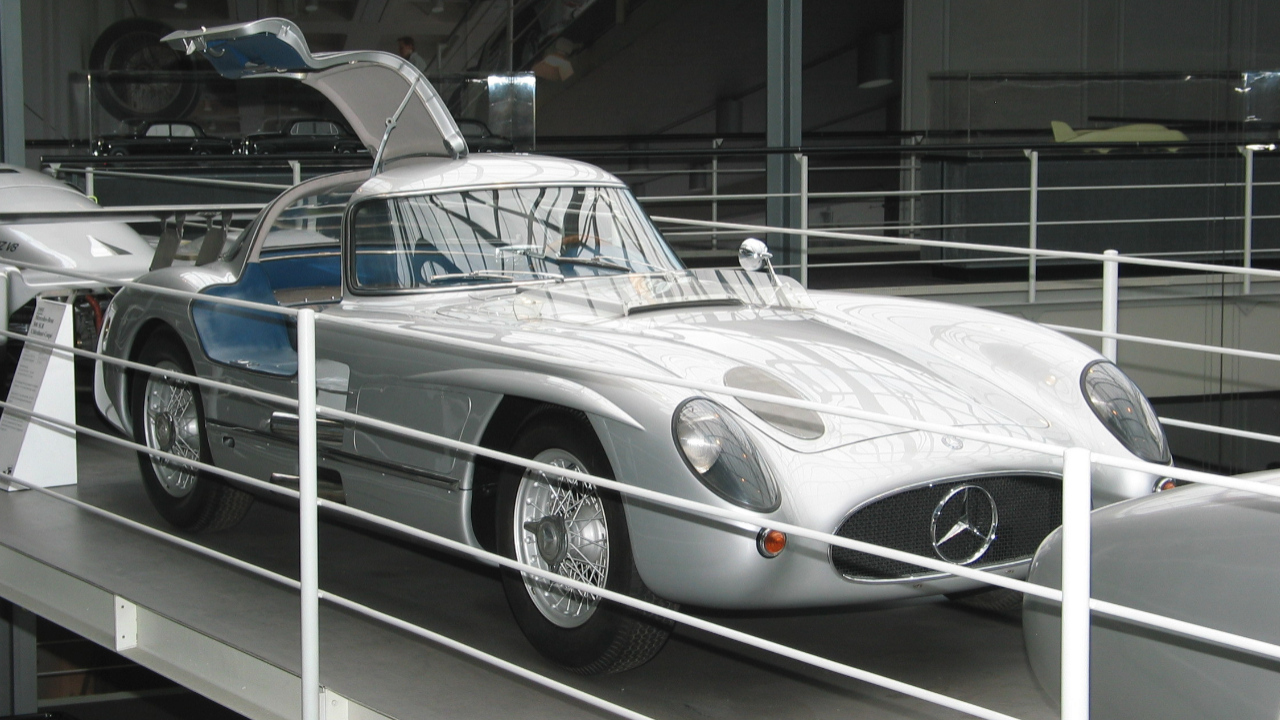
Only two of these 300 SLR Uhlenhaut Coupes were ever built, and they weren’t even production cars—they were factory prototypes. Designed for motorsport, these coupes were based on Mercedes’ Le Mans racers and packed cutting-edge tech for the time.
With a straight-eight engine and lightweight construction, this car was more engineering marvel than showroom cruiser. Both are still owned by Mercedes, so unless they bring one out for a rare event, you’ll probably never see one in the wild.
5. Porsche 917 (1969-1973)
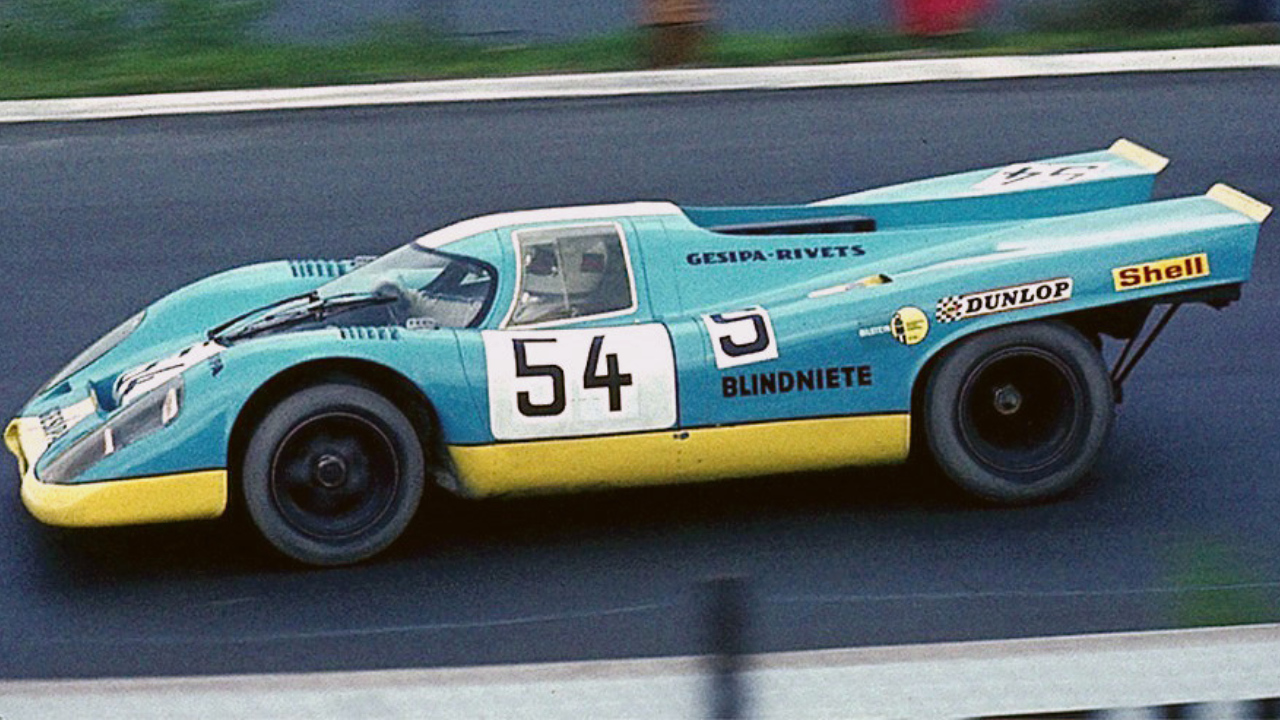
The Porsche 917 is a racing icon that helped the brand conquer Le Mans, but it’s also one of the hardest Porsches to actually see in real life. Only 16 were built for racing, and most now live behind museum glass or in private collections.
Its flat-12 engine was a monster, and its low-slung body helped change the way race cars were built. If you spot one in person, it’ll most likely be on a red carpet or a historic track day—not just sitting in a garage.
6. Jaguar XJ220 (1992-1994)

The Jaguar XJ220 once held the title of world’s fastest production car, but even with 275 units built, it’s still a rare sight. With its sleek design and 212-mph top speed, the XJ220 was a supercar that didn’t get the spotlight it deserved.
Most of these ended up tucked away in collections, making them elusive even for die-hard car lovers. You’ll rarely see one at a cars and coffee—unless you’re in the right place at exactly the right time.
7. Lamborghini Miura P400 SV (1971-1972)
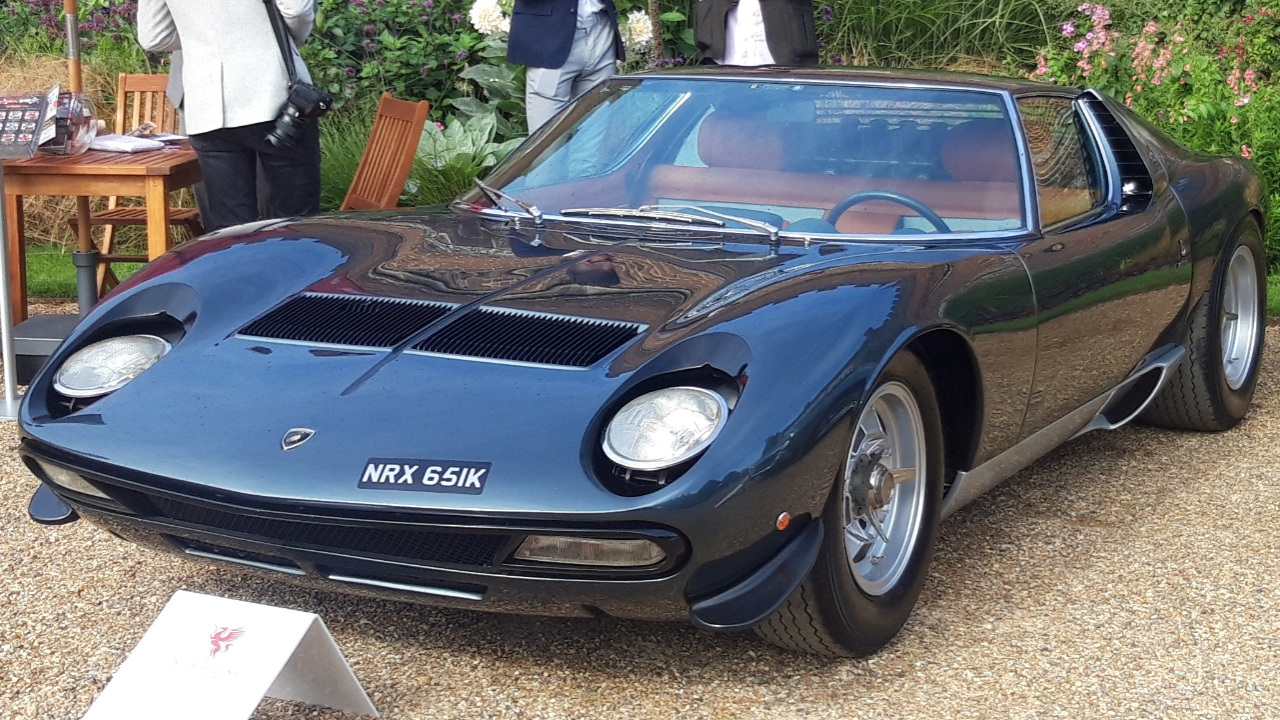
The Miura P400 SV is often called the world’s first supercar, and for good reason. Only 150 of these special SV models were built, and their combination of beauty and brute force made them legends.
With a V12 engine and jaw-dropping curves, the P400 SV is a unicorn on the streets. Even at top-tier car shows, they don’t pop up often—most are locked away in climate-controlled garages around the world.
8. Ferrari 512 S Modulo (1970)
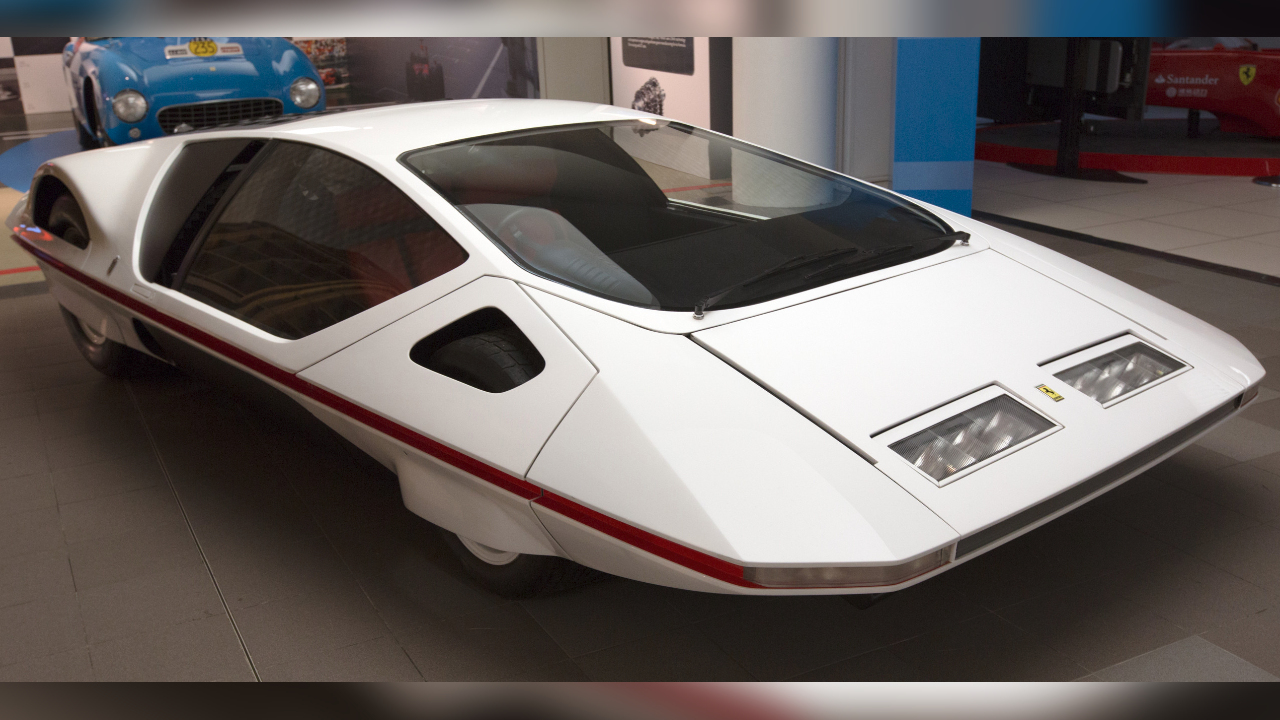
The Ferrari 512 S Modulo isn’t just rare—it’s one-of-a-kind. This radical concept car was built by Ferrari and designer Paolo Martin to push the boundaries of car design. And push it did, with a spaceship-like shape and canopy-style roof.
Its futuristic form hides a 5.0-liter V12 from Ferrari’s endurance racers. But since it’s a prototype, your chances of seeing it in person are slim unless you’re touring a high-end museum or private exhibit.
9. McLaren F1 LM (1995)

Only five of the McLaren F1 LM were ever built, and each one is essentially a street-legal version of McLaren’s Le Mans winner. With over 670 horsepower and zero luxury fluff, it’s a race car with plates.
The F1 LM is rarer than the already scarce McLaren F1, and it almost never leaves its private vault. You might spot one on display at a concours event—but catching one in the wild? That’s near impossible.
10. Alfa Romeo 8C 2900B Lungo (1937-1939)
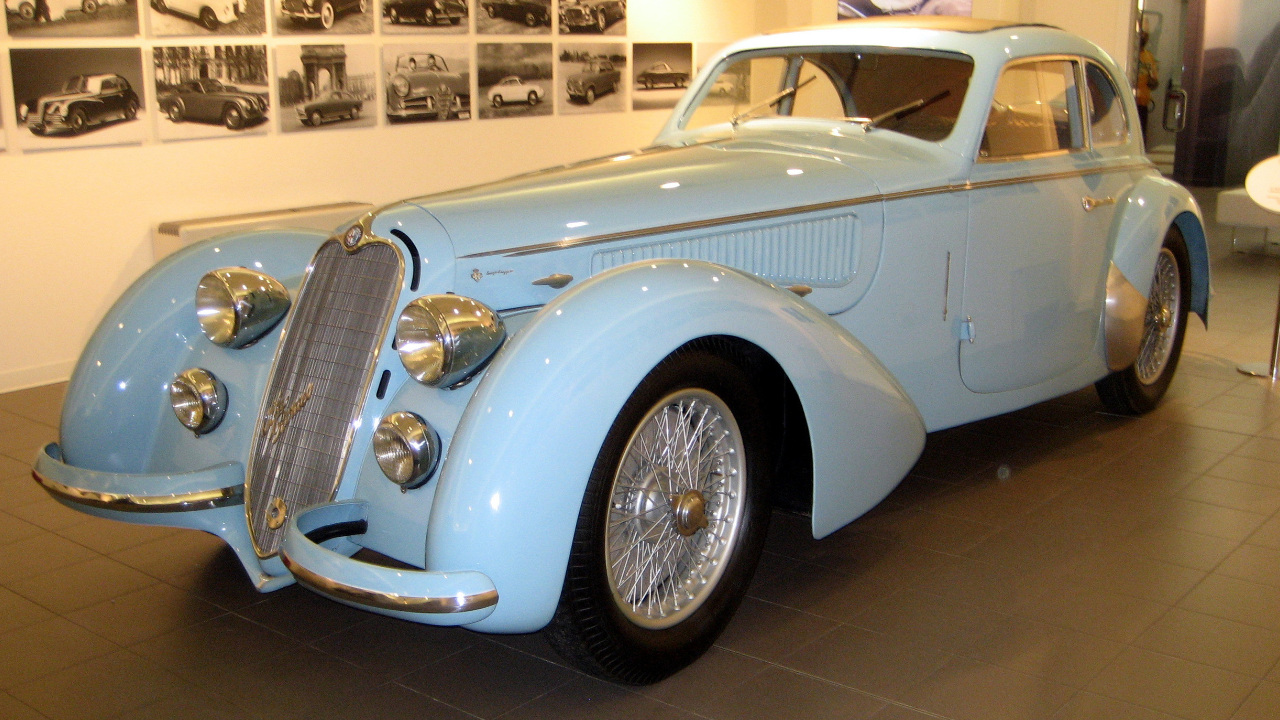
The Alfa Romeo 8C 2900B Lungo is an ultra-rare pre-war sports car that perfectly blends speed and elegance. Only 12 of these long-wheelbase models were built, and they were considered among the fastest road cars of their time.
Under the hood was a twin-supercharged straight-eight engine, and the bodies were coach-built by the best in the business. Today, most of them are either in high-end collections or museum vaults, where they quietly remind us just how good pre-war engineering could be.
*This article was created with the assistance of AI.

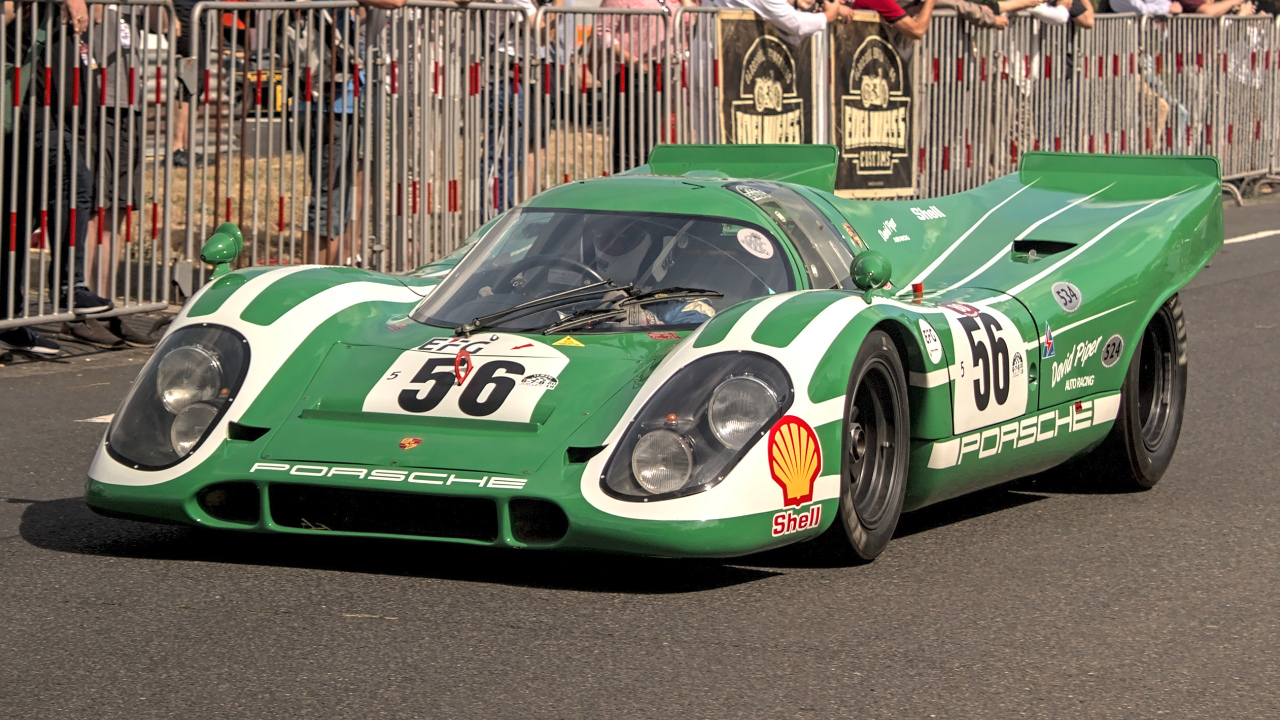
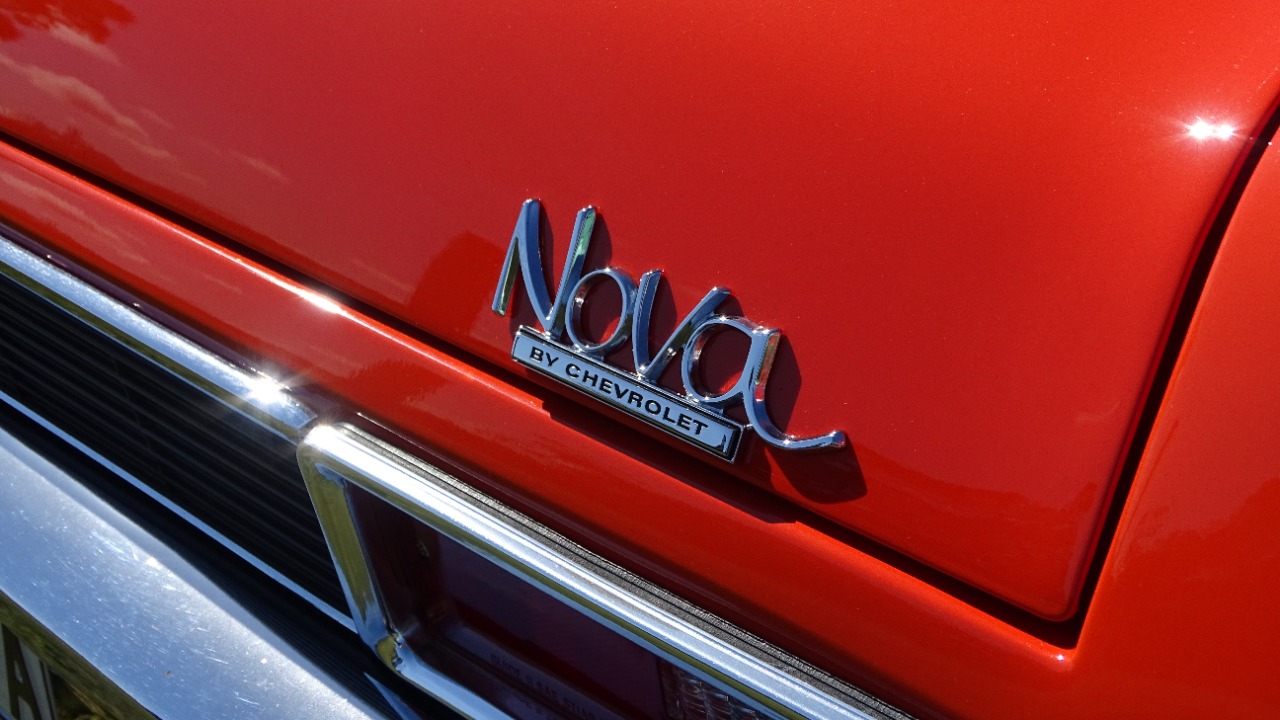

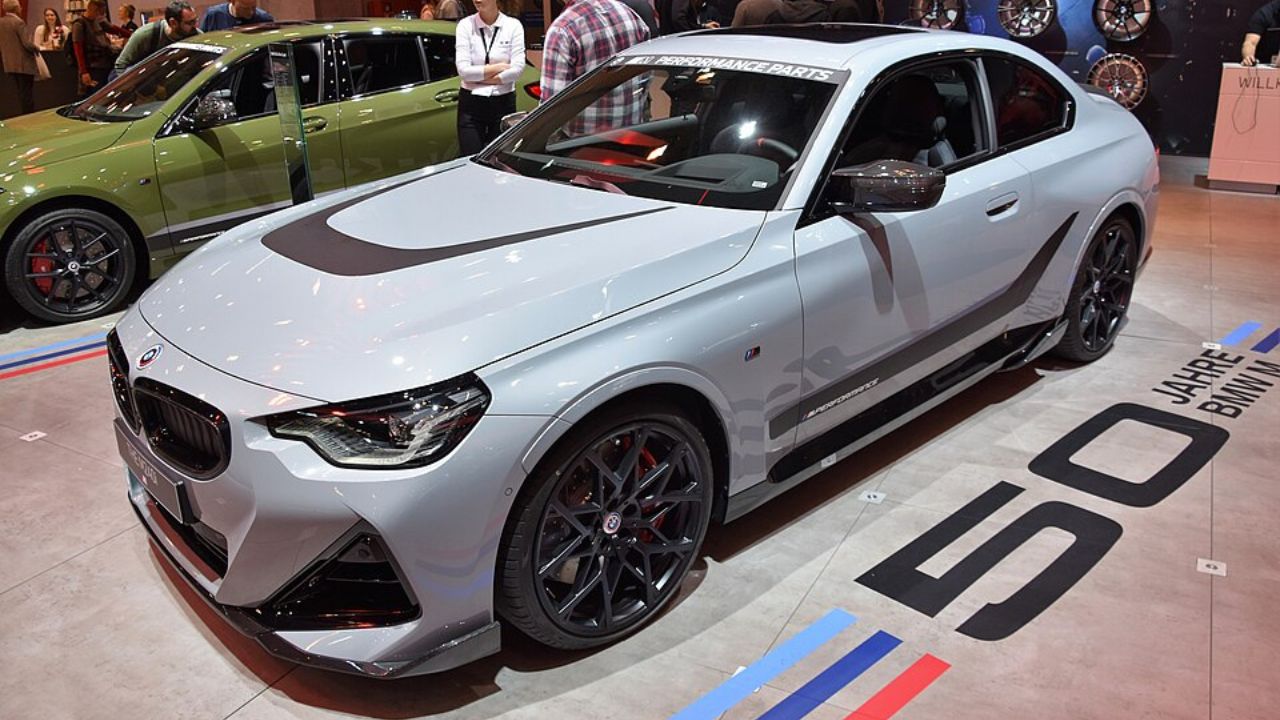

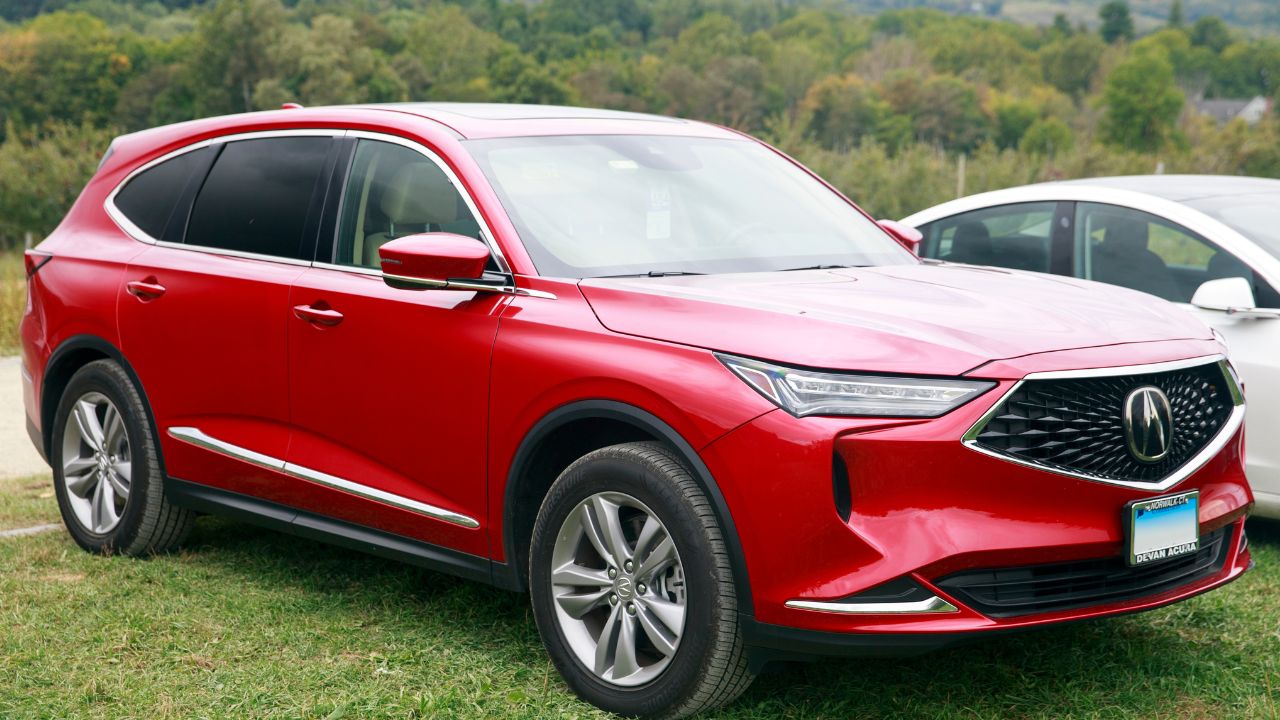
Leave a Reply